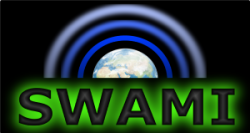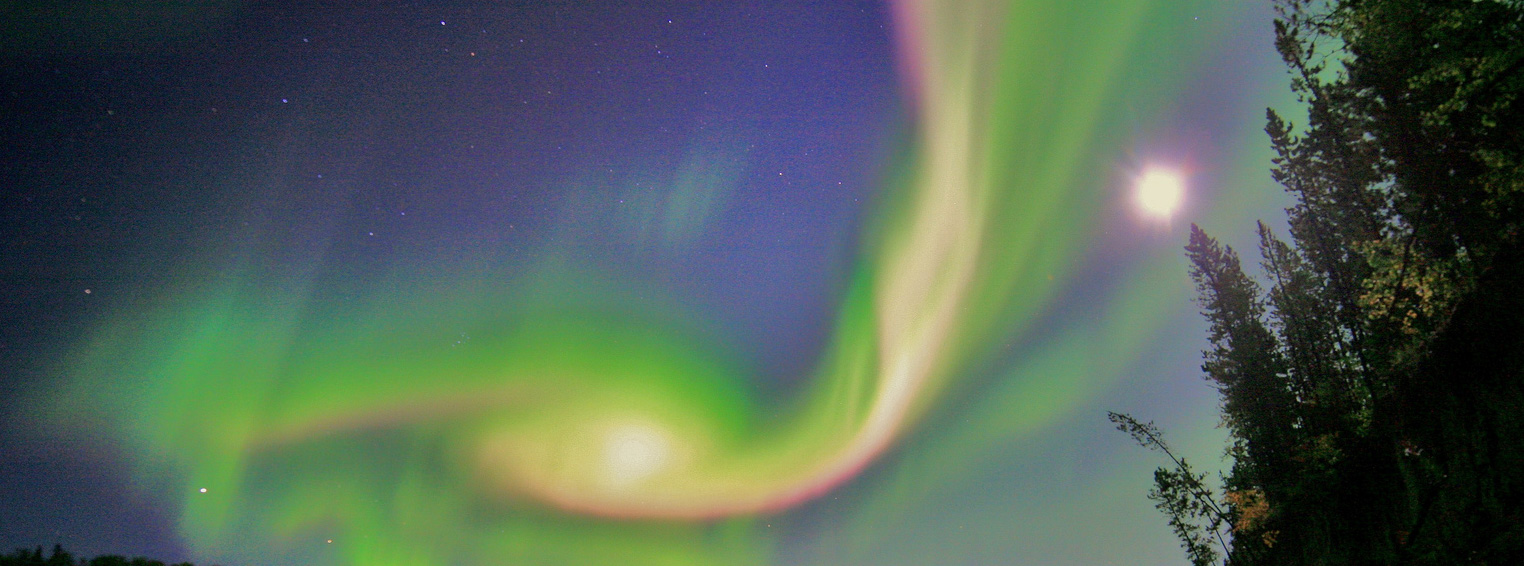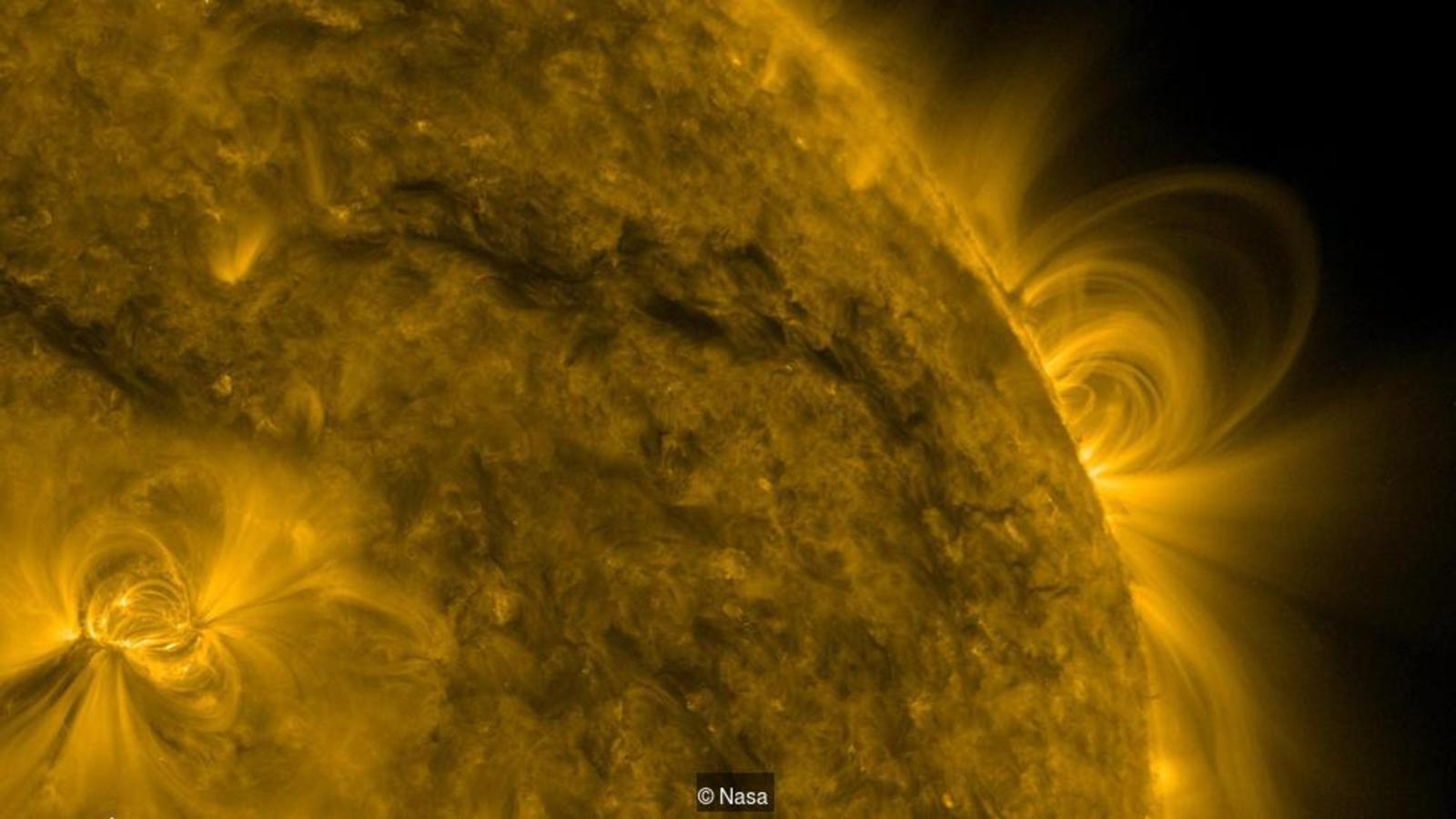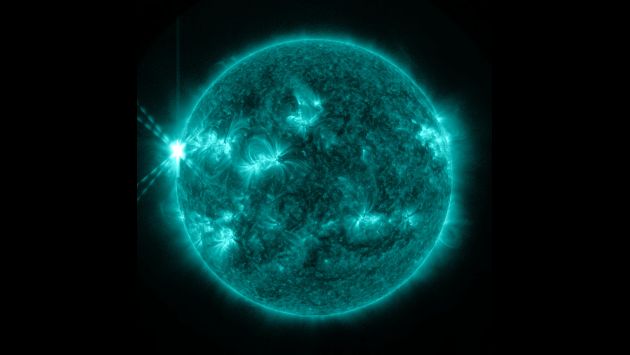OBJECTIVES
The SWAMI project shall aim to provide an improved and comprehensive representation of the neutral atmosphere from the surface to 1500 km altitude by developing the new MOWA model, which is based on a coupling between existing models that represent different parts of the near-Earth space environment, and by exploiting new atmospheric and geomagnetic data. New high-cadence geomagnetic indices (Hp) will be developed and used to drive the model, enabling accurate phasing of storm events. The models to be used in this project are already used operationally, or are close to operational, and thus the outcomes of the project will provide a pathway to improved space weather services, in particular for operators of low Earth orbit satellites. The overarching objective is therefore to give Europe a strategic advantage in orbit prediction through thermosphere modelling, associated user services for launch, LEO-operation, conjunction analysis, re-entry and other relevant applications including space debris services, essentially as a result of the new space weather science that will be enabled thanks to the model’s estimations of mean state and variability notably in the re-entry region, as well as new space weather science not limited to the neutral atmosphere thanks to high-cadence Hp.
Objective 1: To develop a model of the whole atmosphere (MOWA) with a science as well as operations-focused approach. Two existing models of the atmosphere, the UM and the DTM, will be extended and blended to produce this unique new whole atmosphere model, which shall provide estimates of both climatology and space weather variability. The model will be validated against observations and other models. An operational tool for satellite re-entry and launch applications shall be developed based on the whole atmosphere model, the MOWA Climatological Model (MCM) with a specification guided by consultation with relevant users.
Objective 2: To provide new high-cadence magnetic activity indices, Hp, which are based on the existing 3-hourly Kp and ap indices but will be of higher temporal resolution, including its nowcast and predictions to be used in the UM and DTM. These products are equally useful for a wide range of space weather services that rely on rapid geomagnetic activity specification.
Objective 3: To develop steps, including provision of software, model output, or data sharing facilities, to transition the improved model system into operations. A set of acceptance criteria, for example regarding robustness of model code, or near-real-time processing of data and delivery of forecasts, shall be defined and should be met to ensure that the model system can be considered ready for operational use.




